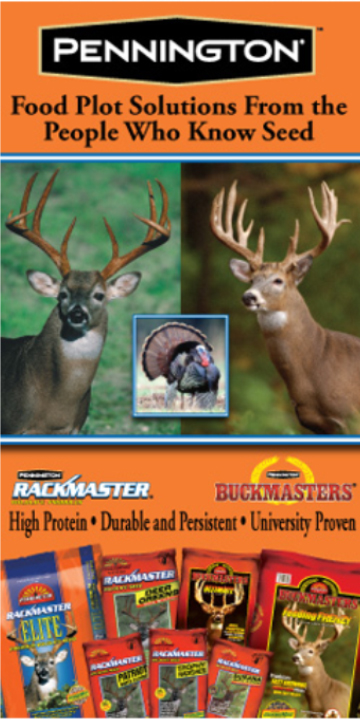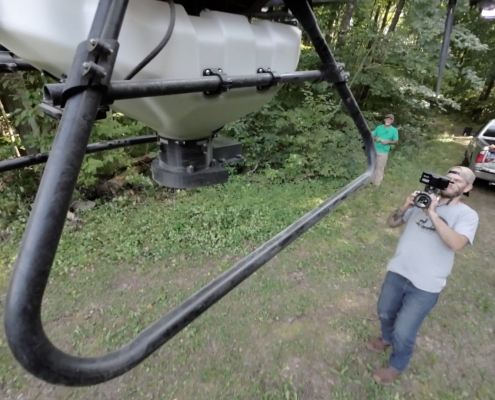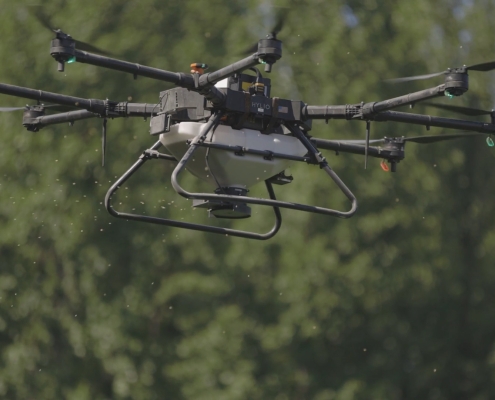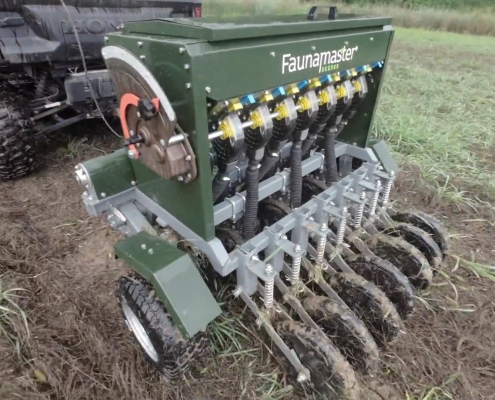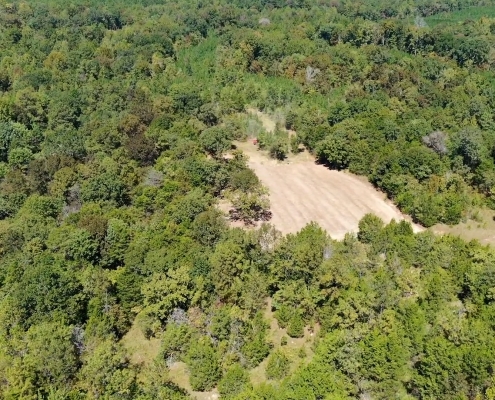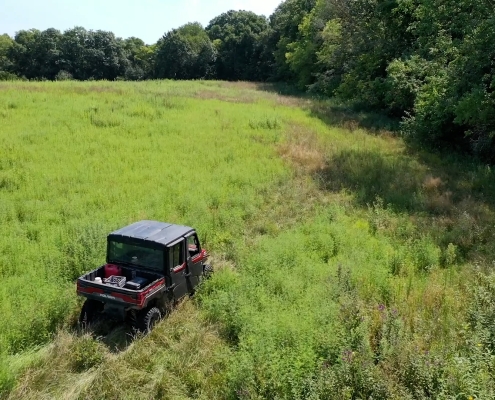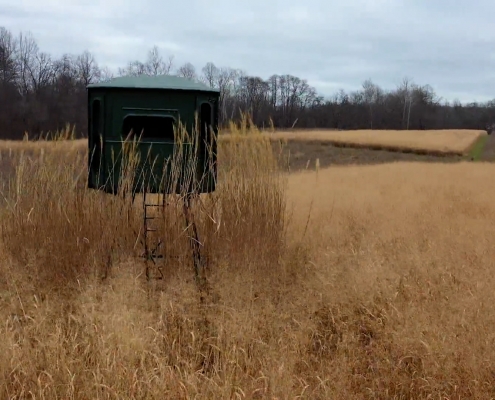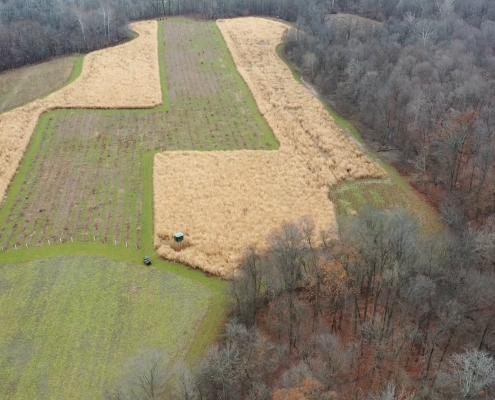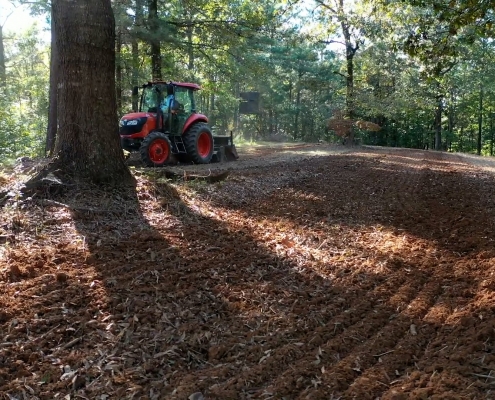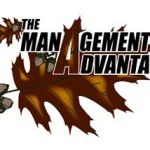Food Plot Maintenance
The summer months are a time when land managers can take time to assess past management projects such as food plots. At this point in the growing season, perennial food plots can be maintained a few different ways. A simple survey of the area can point you in the right direction on what measures to take.
Last year, Chuck planted a few food plots in Pennington Elite which is comprised of Durana and Patriots clovers as well as Choice Chicory. These plants are known for their drought resistance due to their dense root structure and ability to withstand heavy grazing pressure. Even when planted in pine stands and in poor soil, this mix provides tons of forage for whitetails through the summer months.
Depending on the composition of the plants in your food plots, you can elect to leave them be, mow, or apply herbicide. The choice is up to you, but it is important to remember that beneficial weeds in food plots aren’t always bad to have. If you do elect to spray herbicide, it is always a great idea to contact the local ag extension regarding what to use and application rates. In Chuck’s case, the plots have some weeds in them, but the vast majority are beneficial forbs and broadleaf plants that are high in protein to aid in the last few weeks of antler development, as well as great feeding areas for turkeys.
When planning food plots, it is also important to think about the future to ensure success. Rather it be orientation of the plot or future projects that would negate the use of perennial plants, planning will help save time and money while improving your land for the wildlife that utilize it.

